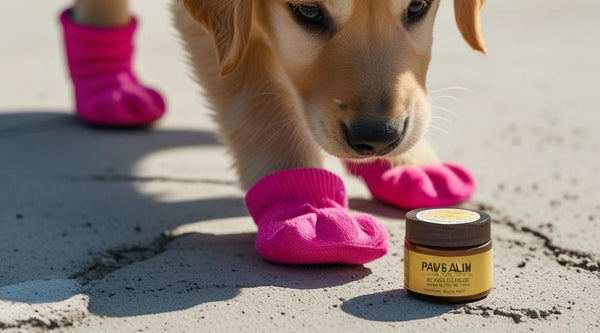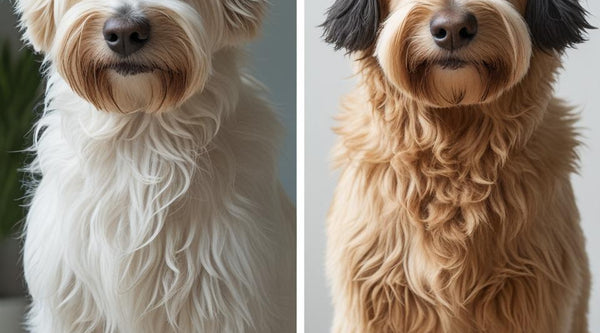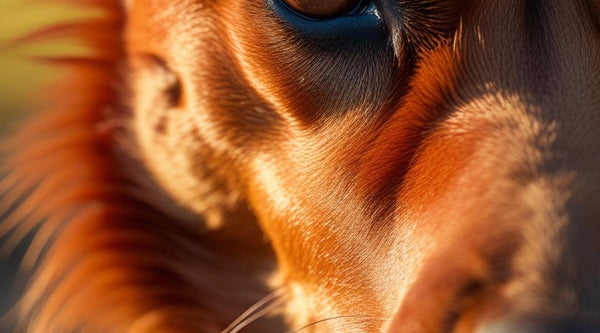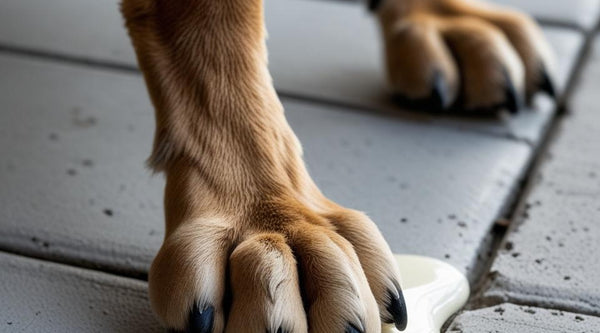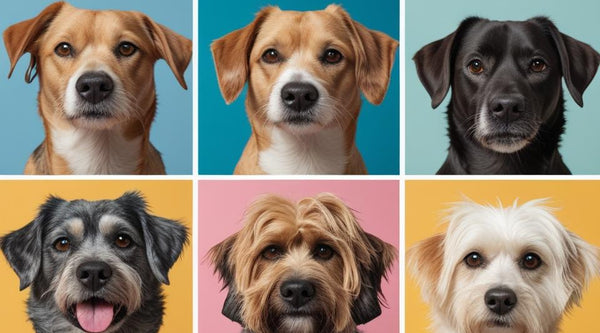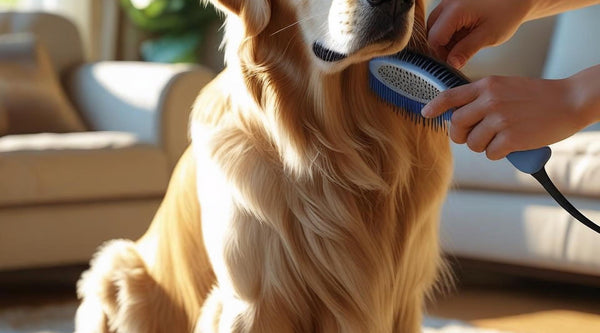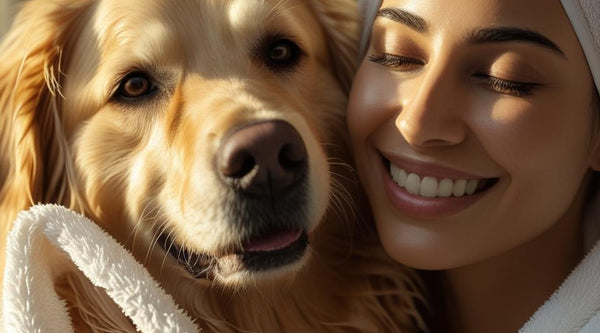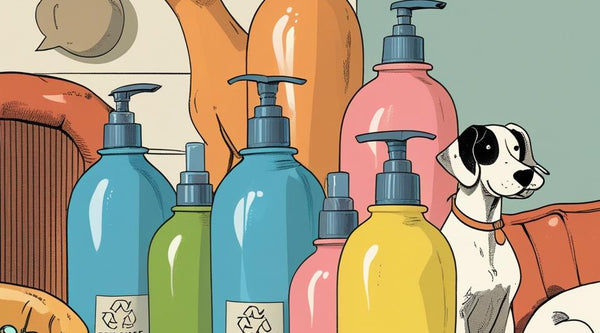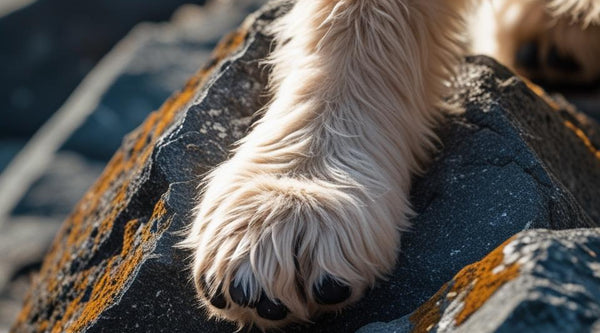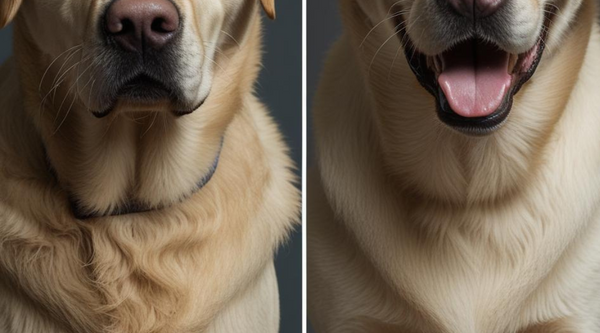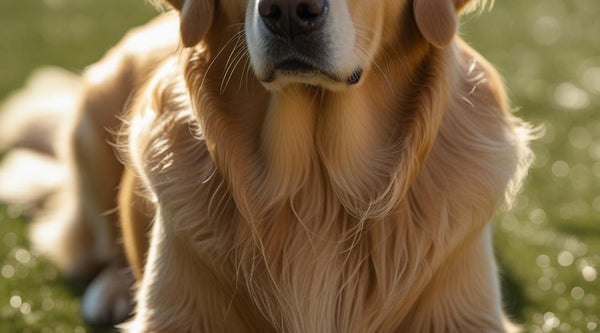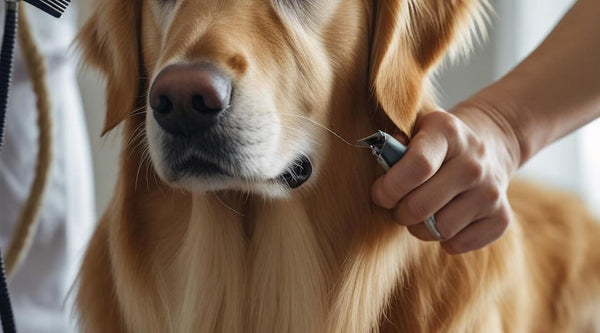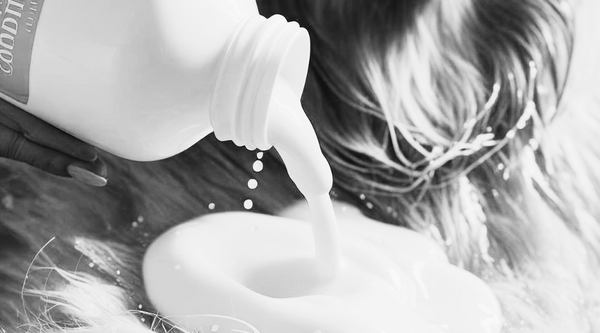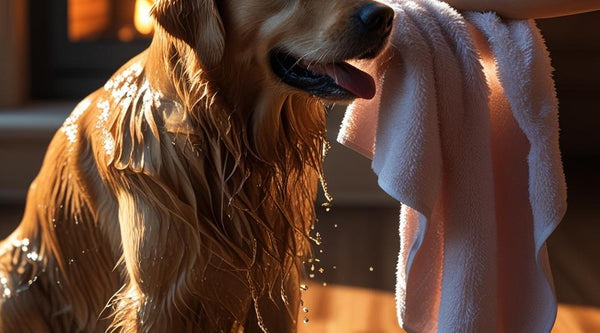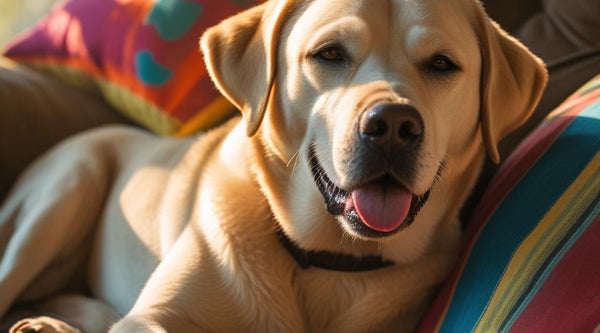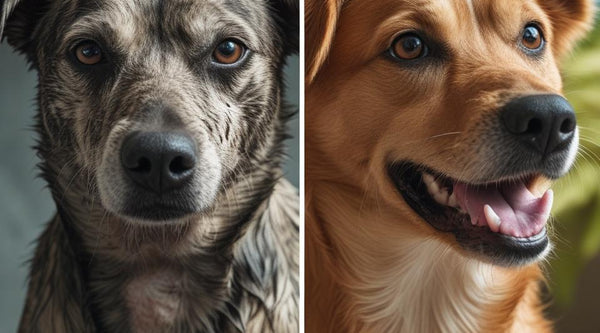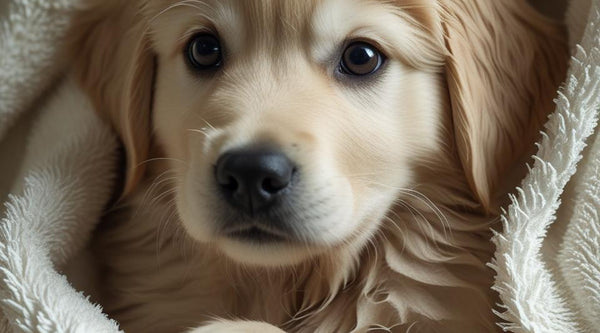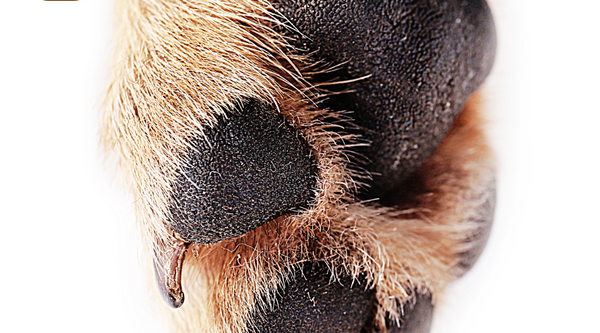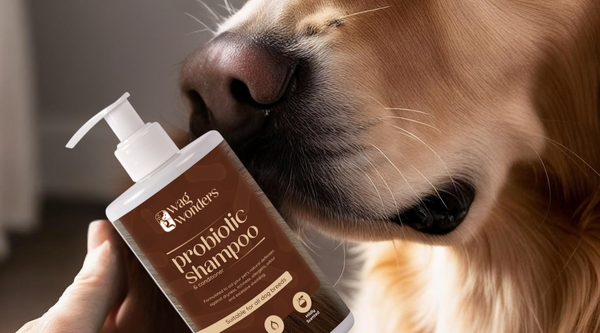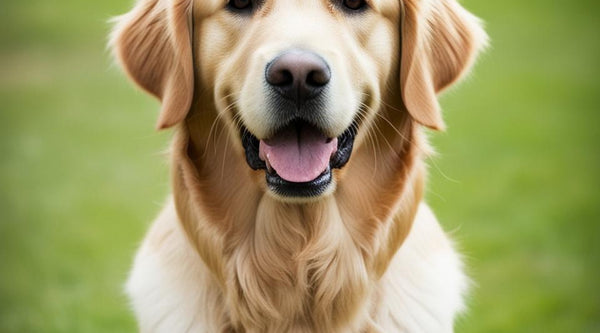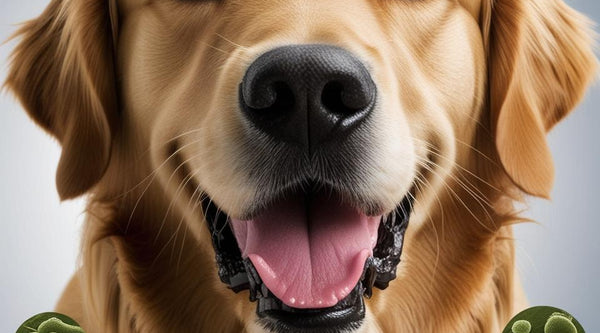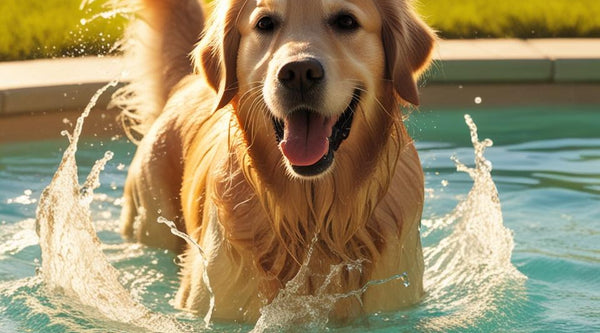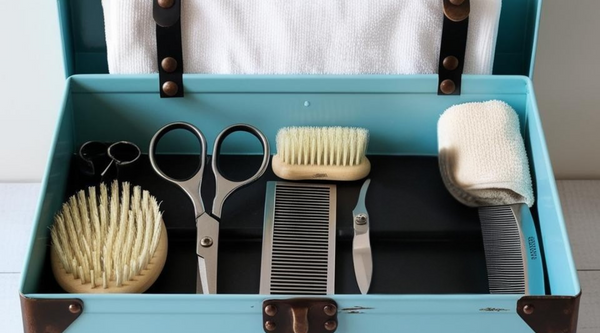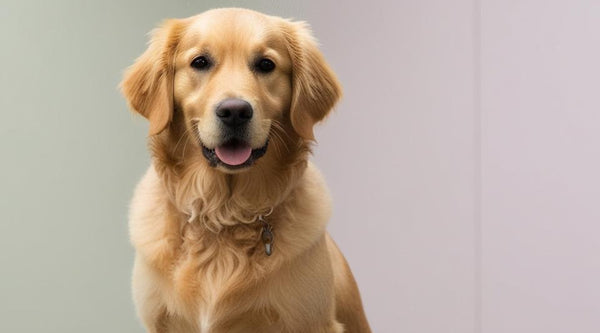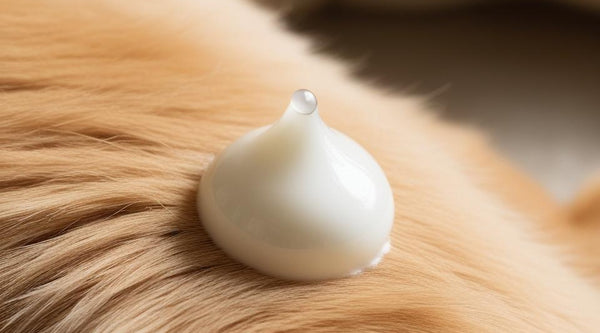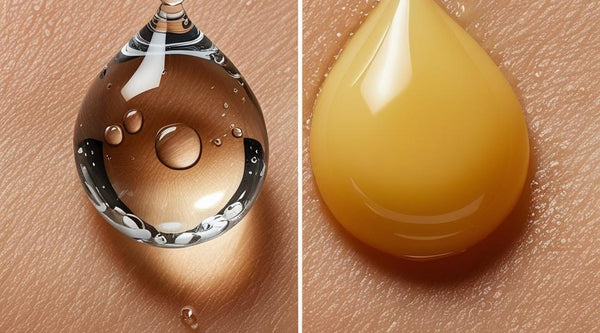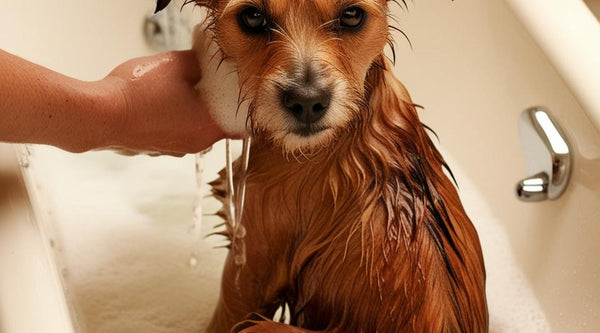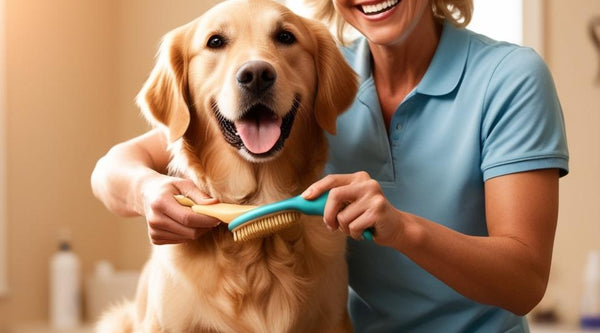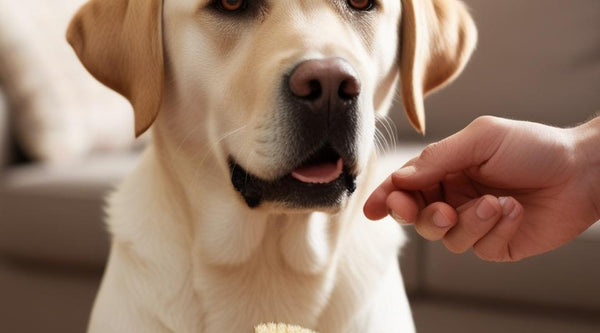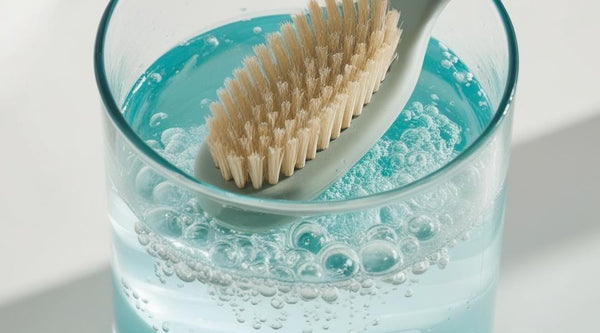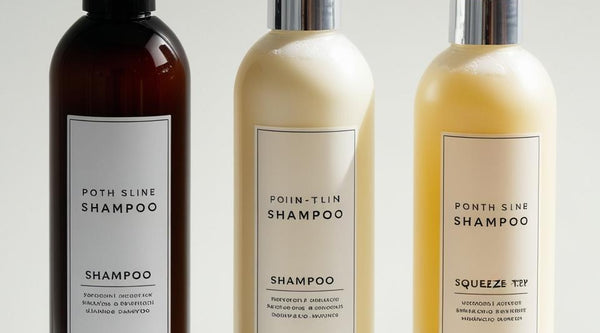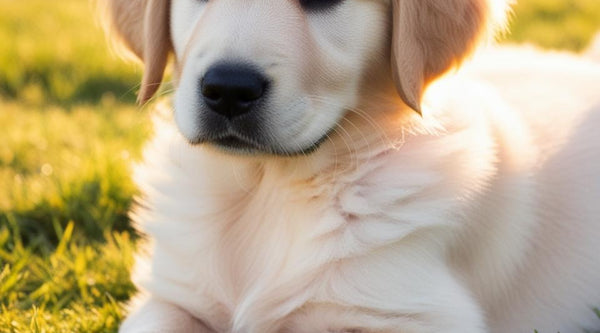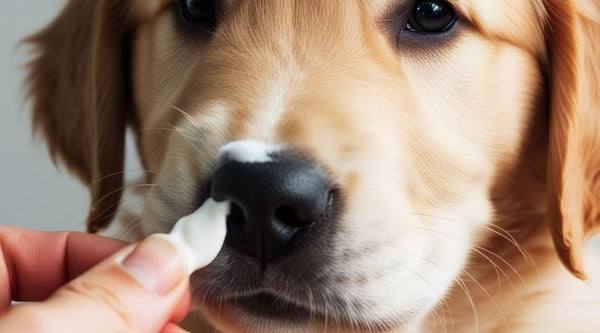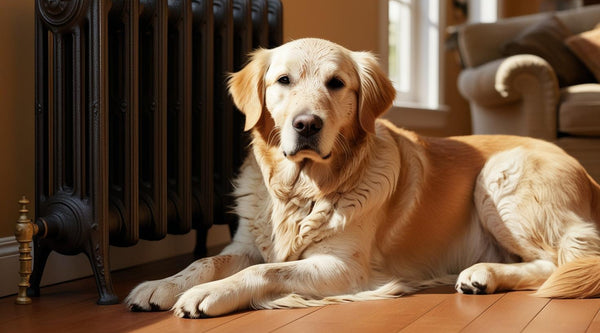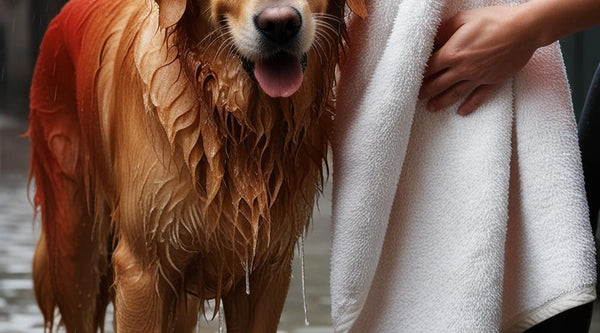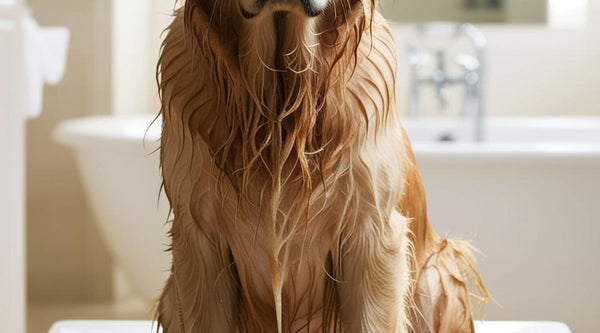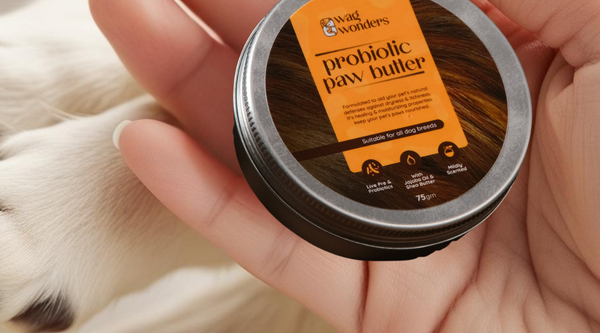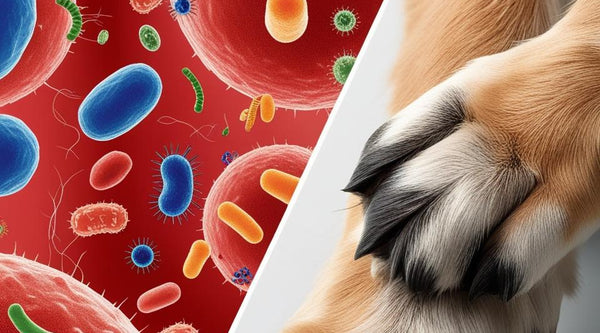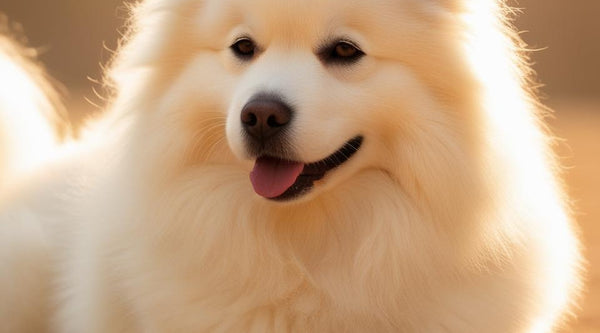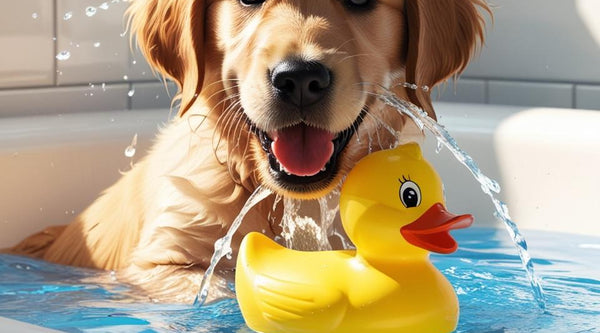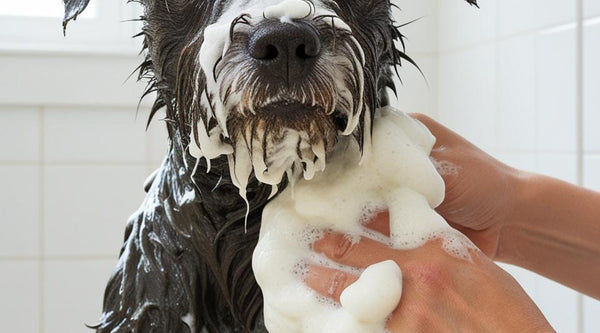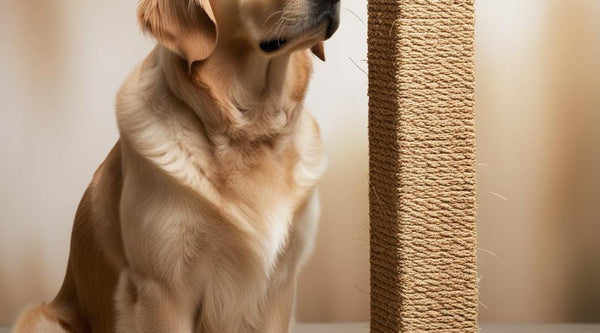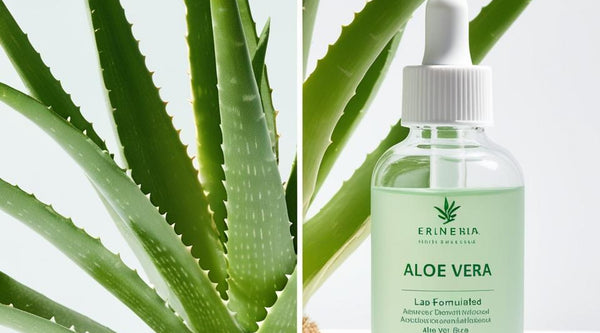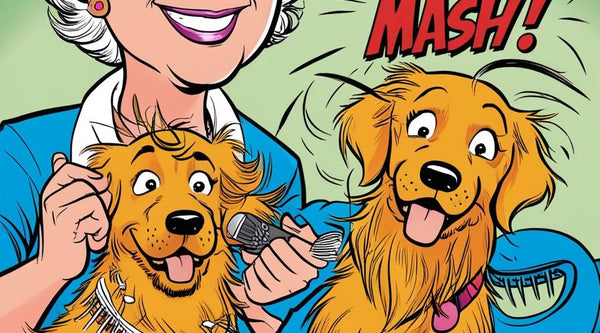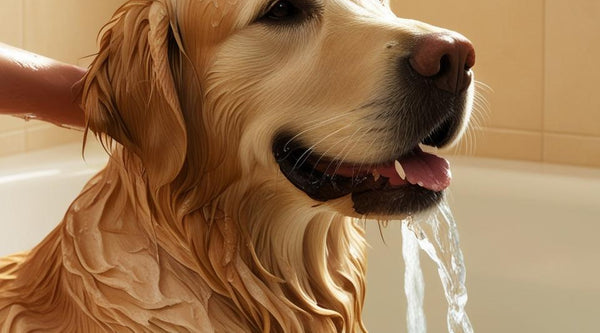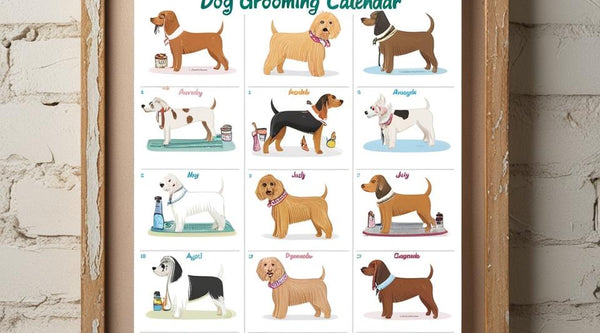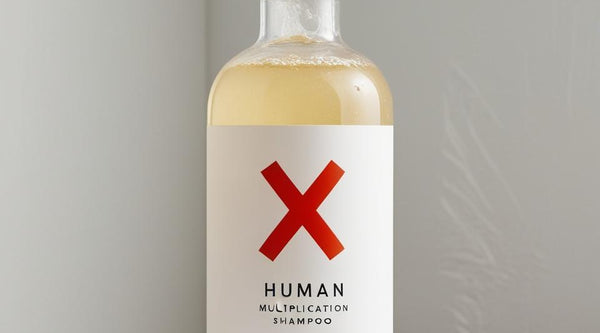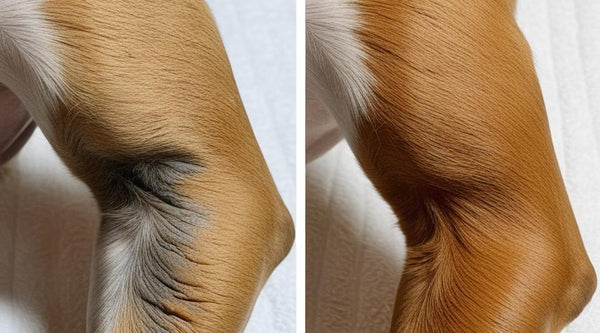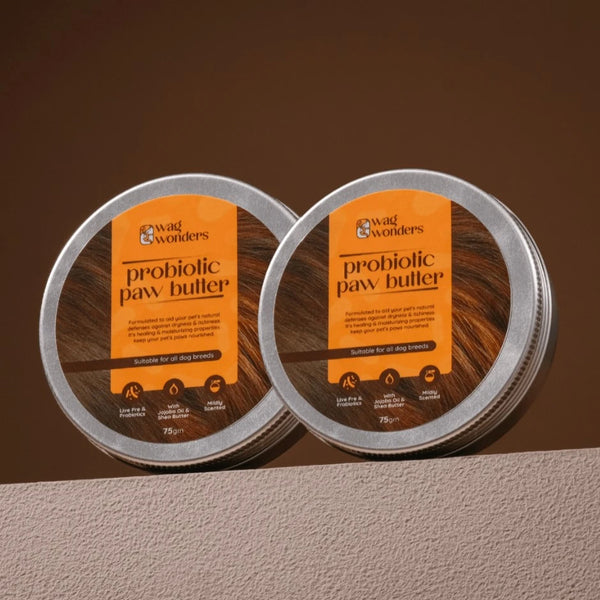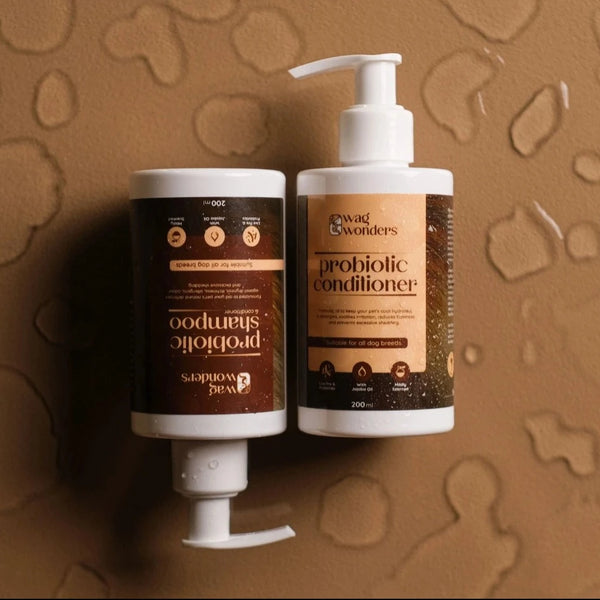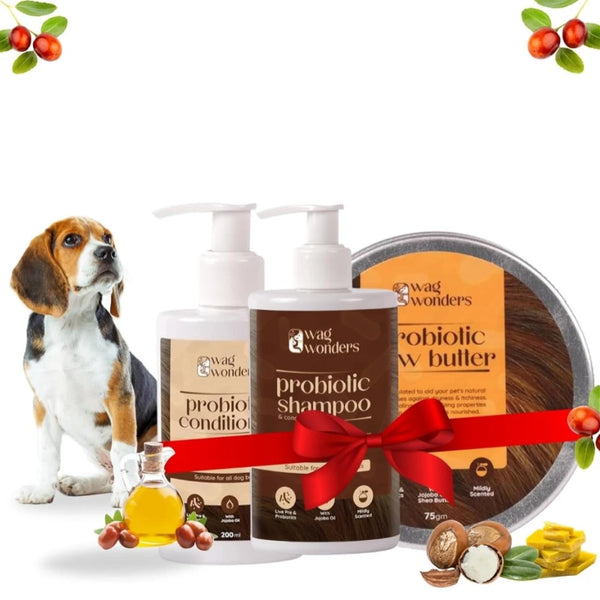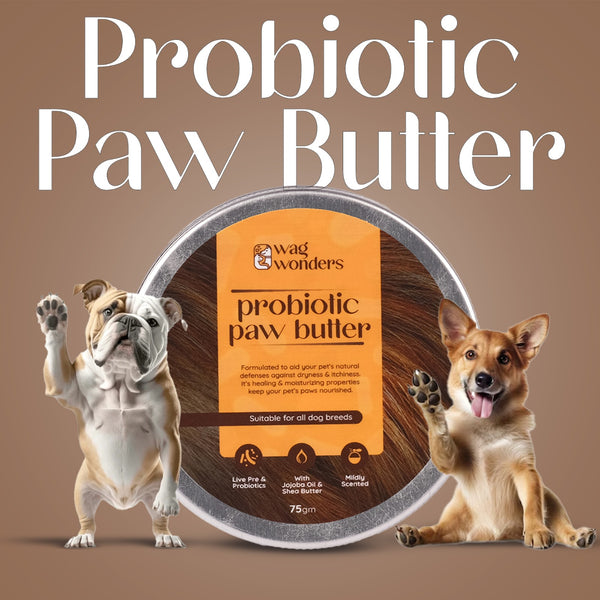Why Your Dog's Skin Gets Greasy and How to Fix It
Wondering Why Your Dog Feels Greasy? Here's What’s Really Going On
If your dog’s coat feels oily or smells "off" just a few days after a bath, it’s likely more than just dirt—it could be a sign of an imbalance in the skin's natural oils or a disturbed skin microbiome. A greasy dog coat isn’t just a cosmetic issue—it can signal underlying skin health concerns that need gentle, microbiome-friendly care.
Let’s break down the common causes of oily skin in dogs—and the best way to fix it naturally.
What Causes Oily or Greasy Skin in Dogs?
1. Sebum Overproduction
Sebum is the natural oil your dog’s skin produces to protect against dryness and environmental damage. But when it’s produced in excess, it can lead to:
-
A slick or sticky-feeling coat
-
Unpleasant odors
-
Increased risk of yeast or bacterial infections
Common triggers for overproduction include poor grooming habits, breed predisposition (like Cocker Spaniels or Basset Hounds), or underlying allergies.
2. Microbiome Disruption
The skin’s microbiome is made up of beneficial bacteria that help regulate oil production and ward off pathogens. Harsh shampoos and overwashing can disrupt this ecosystem, leading to:
-
Bacteria or yeast overgrowth
-
Skin irritation and inflammation
-
Imbalanced oil levels
3. Poor-Quality or Inappropriate Grooming Products
Using human shampoos or products with synthetic detergents can strip the skin of its natural oils, causing it to overcompensate and become greasy.
How to Fix Oily Dog Skin Naturally
✅ 1. Switch to a Prebiotic Dog Shampoo
The best fix for an oily dog coat starts in the bath. Use a prebiotic dog shampoo that helps support the healthy skin microbiome. Look for:
-
Prebiotics to fuel beneficial bacteria
-
Coconut oil or jojoba oil to cleanse without stripping
-
No sulfates, parabens, or artificial fragrances
A gentle formula like this cleans the skin while helping to regulate oil production instead of overstimulating it.
✅ 2. Use a Lightweight Dog Conditioner
Yes, even oily coats benefit from conditioner—but it needs to be the right kind. A light, probiotic-enriched conditionerhelps balance the coat, seal the hair shaft, and prevent buildup that contributes to greasiness.
✅ 3. Brush Your Dog Regularly
Brushing distributes natural oils evenly across the coat, preventing buildup in certain areas and allowing the skin to breathe. Use the right brush for your dog’s coat type (slicker for long hair, rubber curry for short).
✅ 4. Avoid Overbathing
Too many baths can strip the skin and cause rebound oiliness. Stick to a gentle dog bathing schedule—typically every 2–3 weeks for oily coats—and spot-clean with a dry shampoo or leave-in spray if needed.
✅ 5. Keep Paws and Underbelly Clean
Excess sebum often collects in moist, low-ventilation areas like underarms or paws. Use a nourishing paw butter post-walk to keep the skin moisturized without clogging pores.
When to See a Vet
Persistent greasiness, odor, or redness may point to an underlying condition like seborrhea, allergies, or a bacterial infection. If you notice scabs, hair loss, or intense itching along with a greasy coat, consult your veterinarian.
Final Thoughts: Gentle Grooming = Healthy Skin
A greasy dog coat isn't just about hygiene—it’s a sign that your dog’s skin may need a gentler, more microbiome-supportive grooming routine. By using prebiotic shampoo, lightweight conditioner, and natural paw care products, you can restore balance and comfort to your dog’s skin.
Your dog’s skin deserves more than a superficial cleanse—it needs support at the microbial level.


